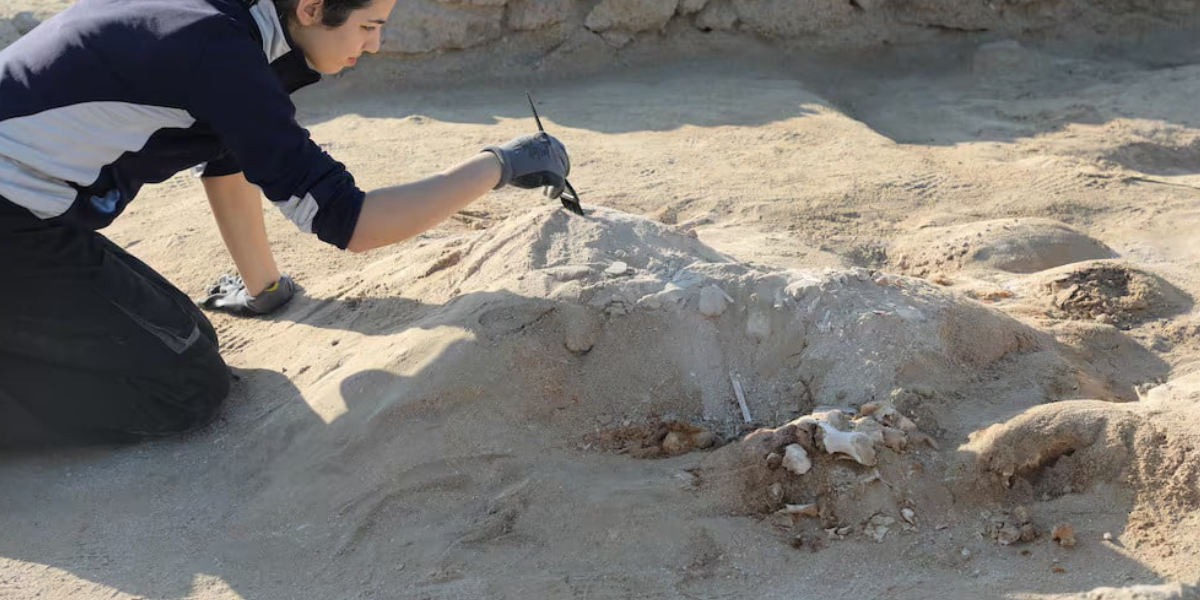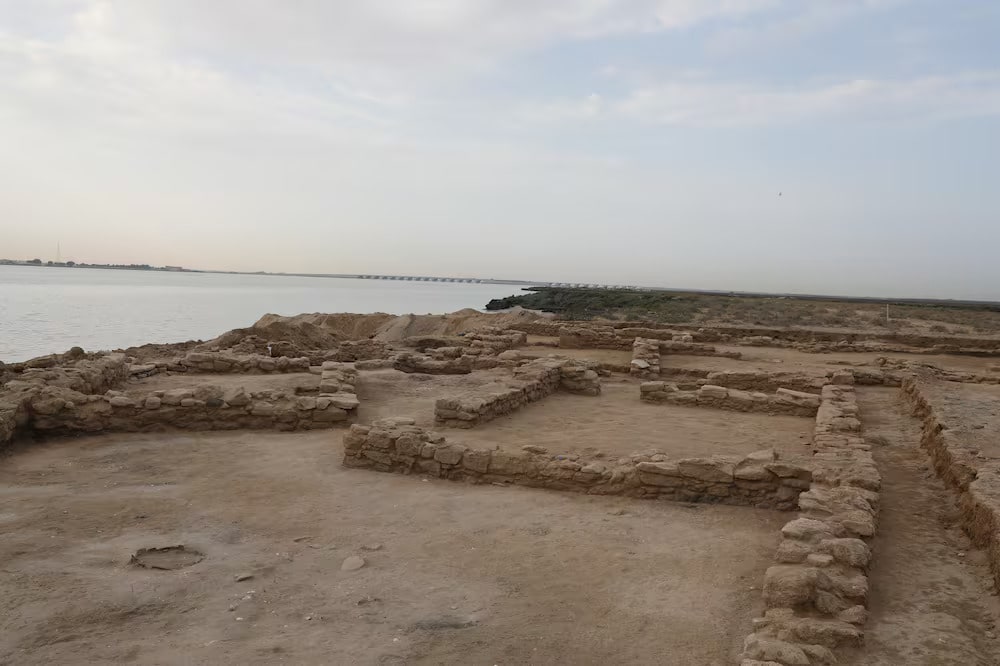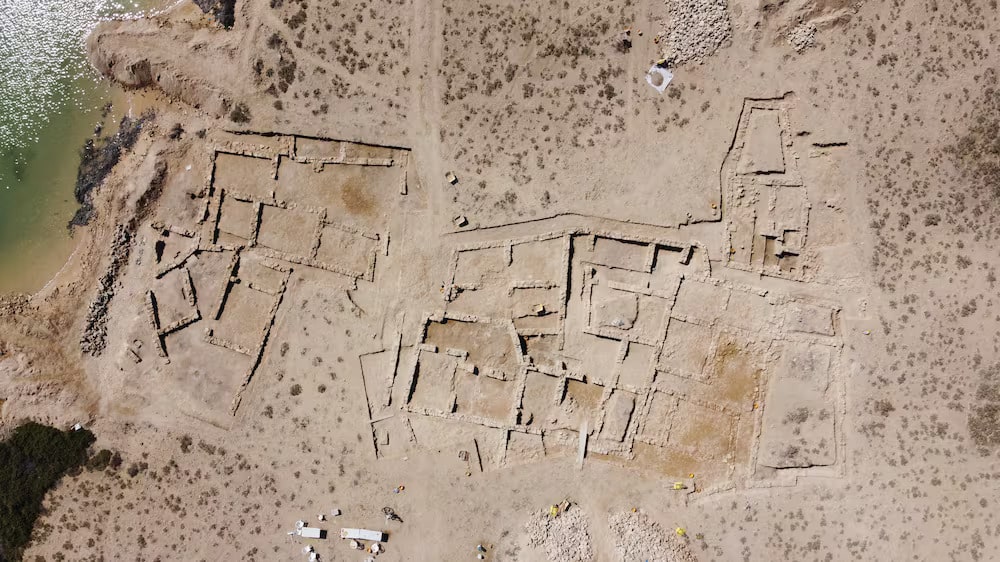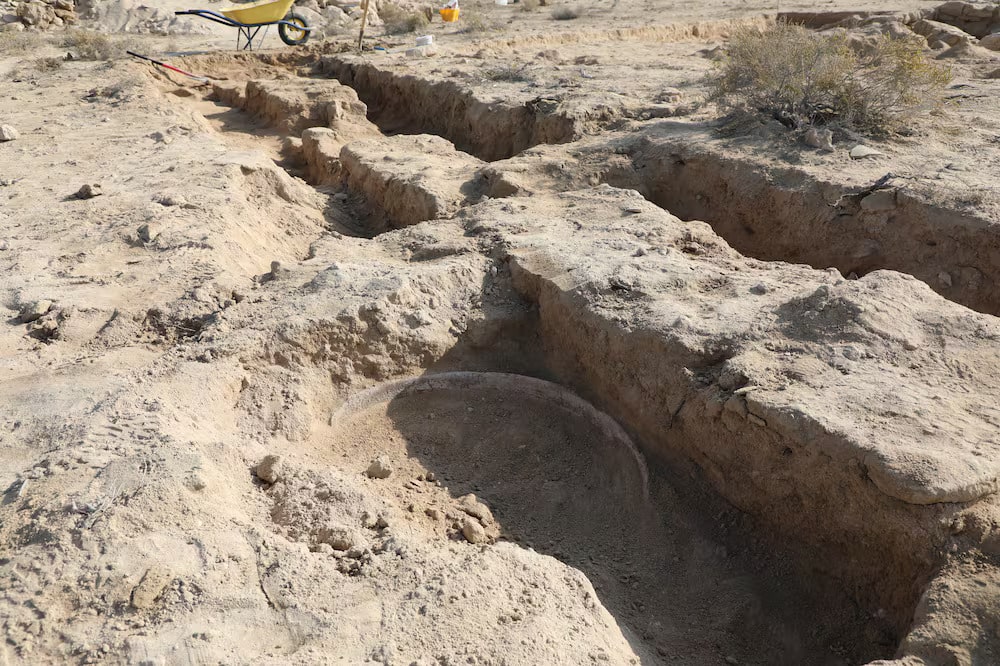
Tu’am, a 1400-year-old lost city famous for pearl trade, may have been found
Archaeologists working in the Umm Al Quwain region of the United Arab Emirates believe they have found the ancient city of Tu’am, once famous for its pearl trade.
The remains of the ancient city were found on Al Sinniyah Island. Al Sinniyah Island, the most important archaeological site in the Persian Gulf region, forms part of a group of small islands on the western side of the Khor Al Bidiyah peninsula.
According to experts, Tu’am was a center of pearl fishing, famous for the quality of the jewelry of that period.
The city is called To’me in Aramaic and Tu’am in Arabic, meaning twins.
📣 Our WhatsApp channel is now LIVE! Stay up-to-date with the latest news and updates, just click here to follow us on WhatsApp and never miss a thing!!

Over time, this name was transliterated into Greek and English as Thomas, but the original meaning was lost. It is therefore thought that the city was named after St. Thomas, who was sent to the East to spread Christianity.
The ancient city of Tu’am, mentioned in Arabic manuscripts, reached its glory in the sixth century, but after a plague and regional tensions, it began to decline and disappear.
The excavations are being carried out by a team of archaeologists from the Umm Al Quwain Department of Tourism and Archaeology under the direction of Sheikh Majid bin Saud Al Mualla.
In the 2024 excavation season, the settlement’s large semi-urban buildings, each about 30 square meters in size and tightly packed into narrow streets, were discovered. The buildings indicate a sophisticated and densely populated city. The findings also indicate the existence of a stratified social structure and a thriving urban environment.

Professor Tim Power of the United Arab Emirates University (UAEU), who led the research, said: “Our archaeological work has discovered the largest settlement ever found on the Gulf coast of the Emirates, and it fits perfectly with the city described in early Islamic geographical sources. This is a really important place. Nobody has found it.”
Archaeologists previously believed that the site may have belonged to an ordinary community serving monks. Now, with the latest findings, they have shown that it was not just a place that served a small group of monks, but an important city of the period.
Professor Power explained that although they did not find conclusive evidence, such as an inscription with the name of the town, the absence of other large settlements from this period on the coast strengthens the case that this was Tu’am.

The excavations also uncovered significant quantities of palm wine jars, probably from Iraq, and abundant fish bones, indicating a well-connected and diverse trading system. The findings also suggest that the inhabitants were connected to wider trade networks passing through Iraq, Iran and India.
The excavations also shed light on the pre-Islamic history of the region.
Cover photo: Umm Al Quwain Department of Tourism and Archaeology
You may also like
- A 1700-year-old statue of Pan unearthed during the excavations at Polyeuktos in İstanbul
- The granary was found in the ancient city of Sebaste, founded by the first Roman emperor Augustus
- Donalar Kale Kapı Rock Tomb or Donalar Rock Tomb
- Theater emerges as works continue in ancient city of Perinthos
- Urartian King Argishti’s bronze shield revealed the name of an unknown country
- The religious center of Lycia, the ancient city of Letoon
- Who were the Luwians?
- A new study brings a fresh perspective on the Anatolian origin of the Indo-European languages
- Perhaps the oldest thermal treatment center in the world, which has been in continuous use for 2000 years -Basilica Therma Roman Bath or King’s Daughter-
- The largest synagogue of the ancient world, located in the ancient city of Sardis, is being restored











Leave a Reply